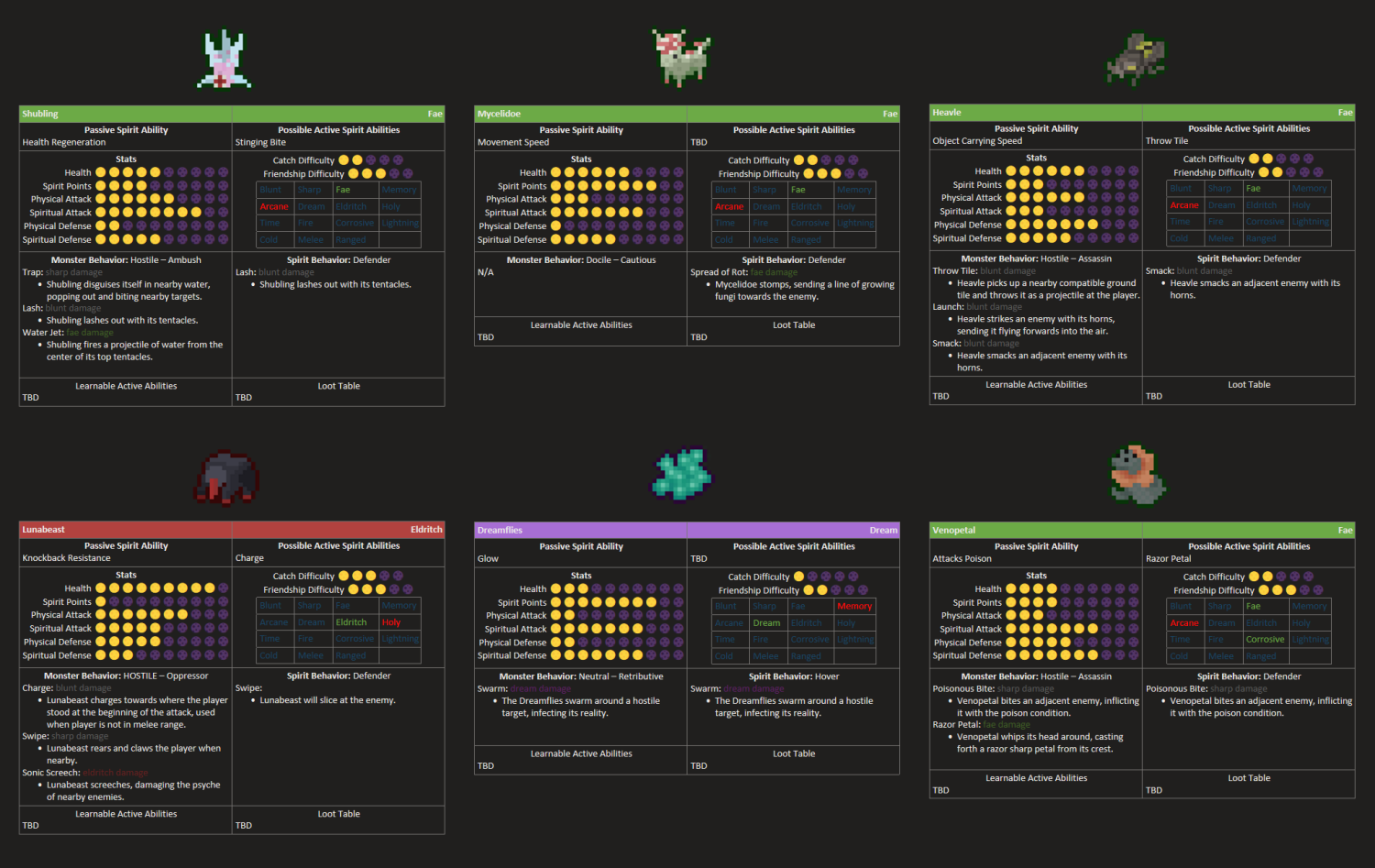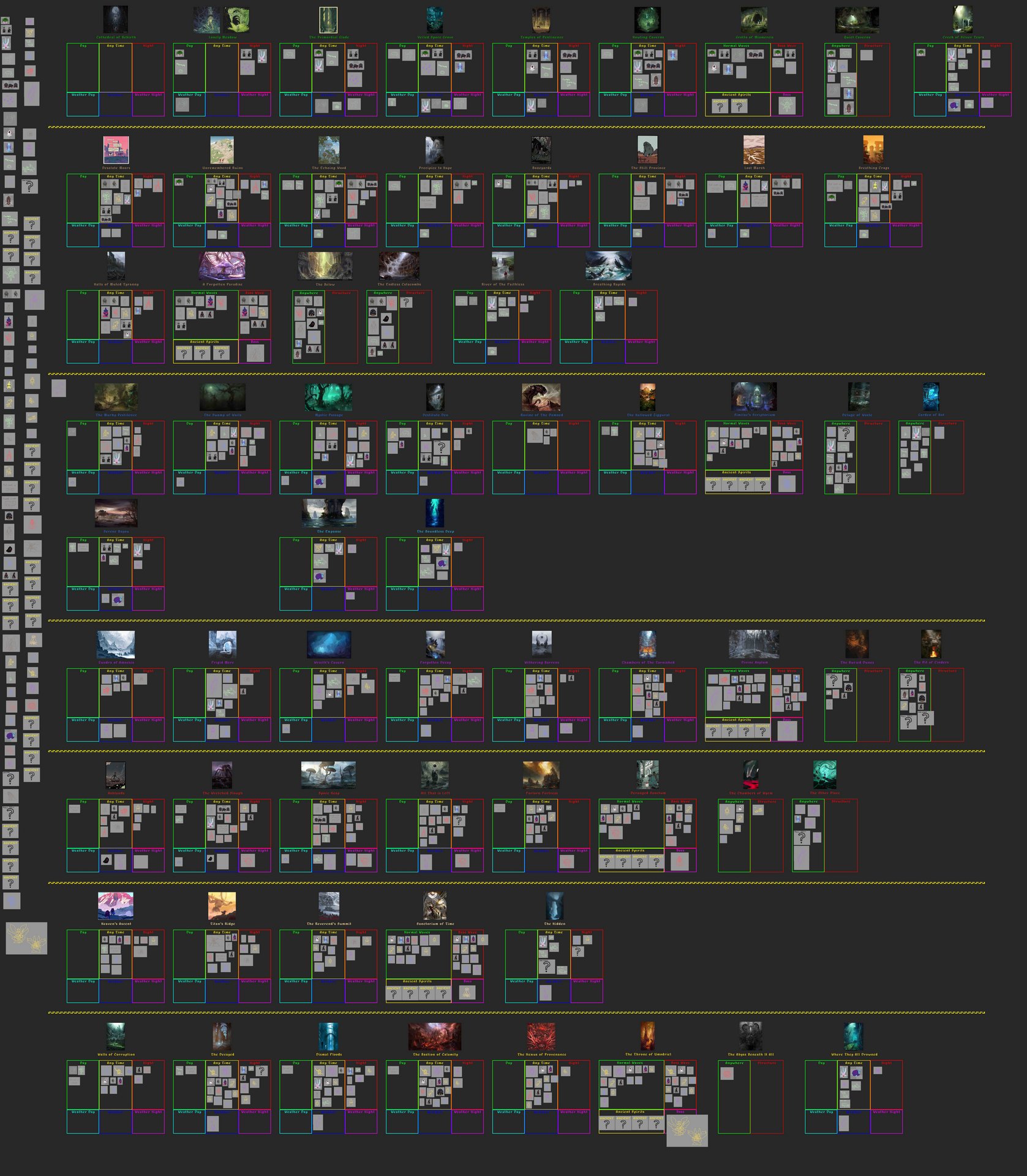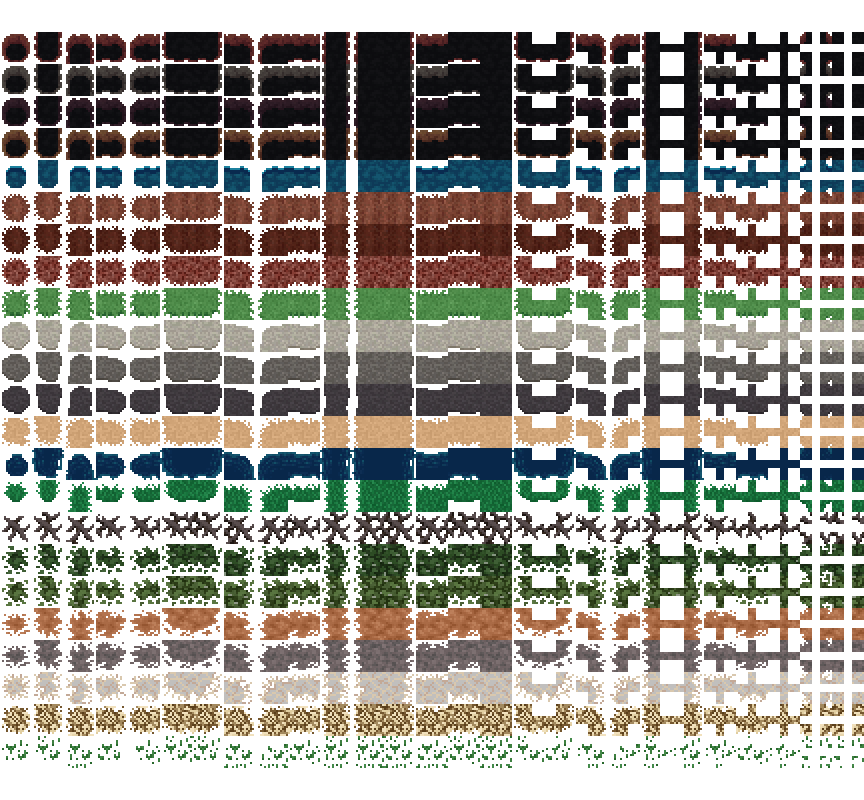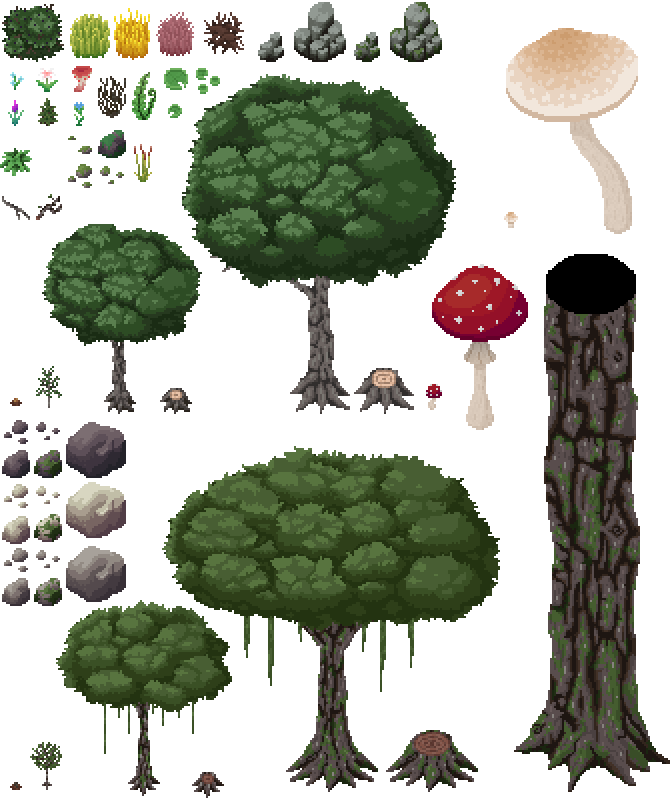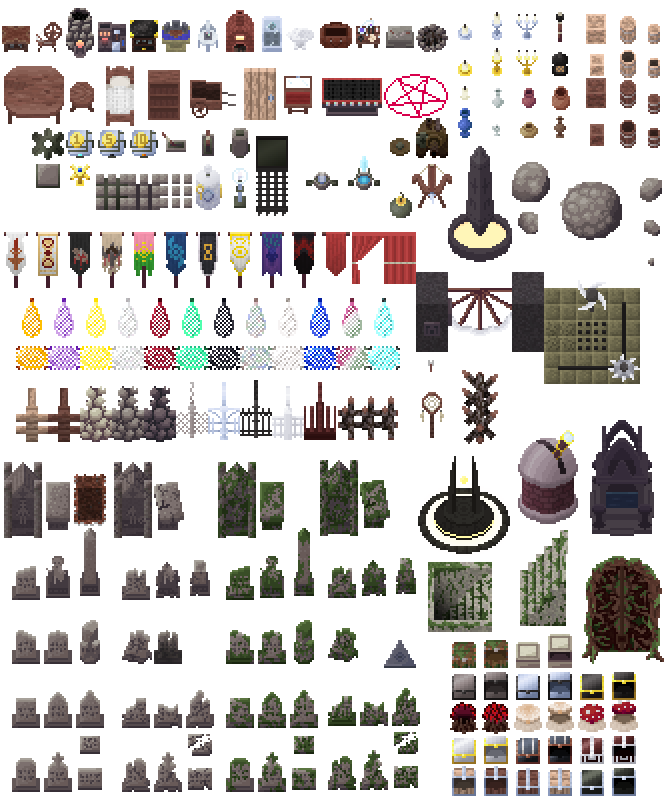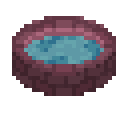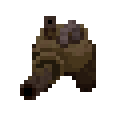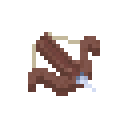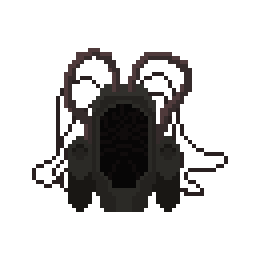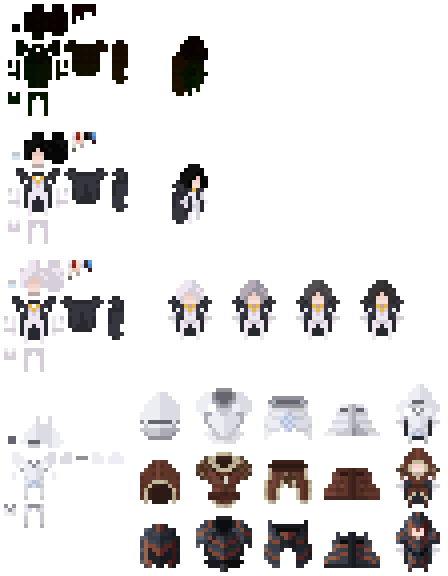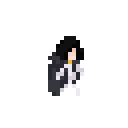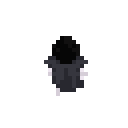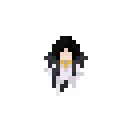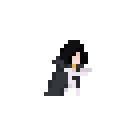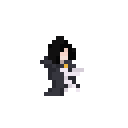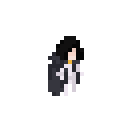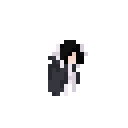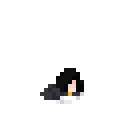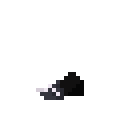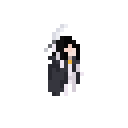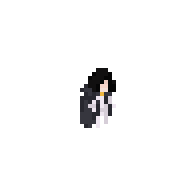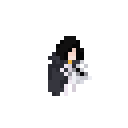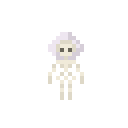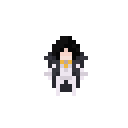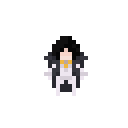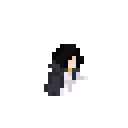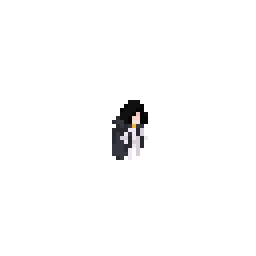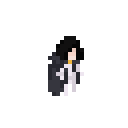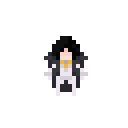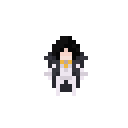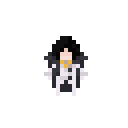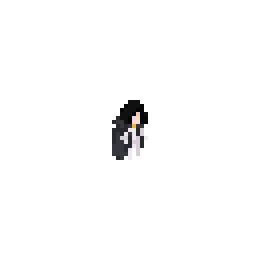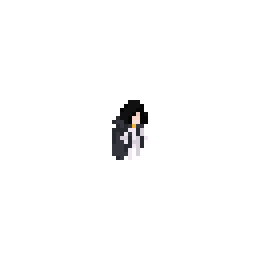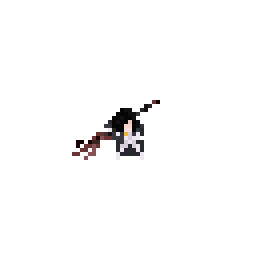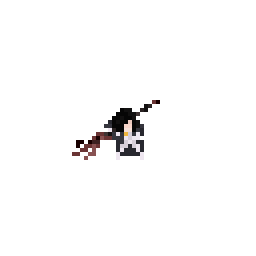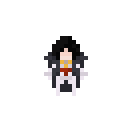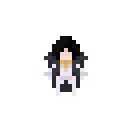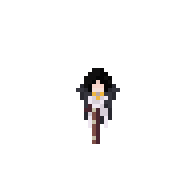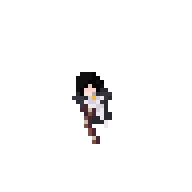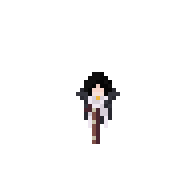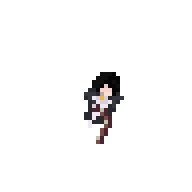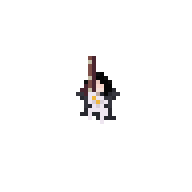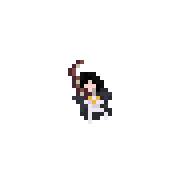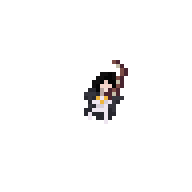Design Philosophy
Song of Time's design is guided by three pillars: Innovation, immersion, and interconnection. Every decision made in the design of the game's systems must be cognizant of how they weigh in these pillars, and are tuned towards this philosophy.
As I introduce any new mechanic, I try to become informed on the implementation of similar mechanics in other games. By establishing knowledge and personal experience of how these mechanics shape their game's overall loop, I adapt my design to learn from how these mechanics were implemented in the past. Perhaps the most recognized adventure sandbox game is Minecraft , with easily comparable systems to Song of Time given they both contain tile-based worlds which the player may manipulate at any time. Additionally, Minecraft
and Song of Time contain many extrensicly motivated components such as dungeons to explore and randomly spawning monsters to combat. The combination of these two mechanics is a very divisive point of issue in games of the genre, as when done wrong, they directly conflict with one another. In Minecraft , nothing prevents a player from using its sandbox components to tower over its enemies, leaving their AI helpess to reach the player, or from tearing through the walls of a dungeon to completely skip its various traps and trials. Other games strike a better balance, such as Terraria including smaller tiles that take longer to place and cut off its quick moving foes, as well as carefully designed equipment progression that makes beating its dungeons required in order to obtain the tools strong enough to modify said dungeon. Valheim is another example that comes to mind, where enemies can attack and eventually destroy your structures, combining the power of its intrinsicly and extrensicly motivated systems simultaneously, guiding the player to engineer elaborate walls and moats that protect their towns.
Pre-production is a step I have taken delicately with the development of this game, making several documents and visual diagrams to instruct my own systems design into interconnected design. "Spirits," Song of Time's enemies, sit at the very center of the gameplay. Every system is designed in mind with how spirits will interact with it, how captured spirit abilities may be involved, and where things may overlap and outshine one another. In order for such a large, and player modifiable, world to function around this core system things must be planned out from the beginning.
On the right is diagram outlining a table for every "biome" in the world of Song of Time. The tables include inspiration art as visual aid, the biomes name, and the monsters that populate it sectionalized by their spawning conditions. Identifying the spread of these spirits across the 60+ biomes was a significant priority in planning out the game's progression. Spirit's may be captured for the player to make use of their abilities, acting as tools for both combat and map exploration. Spirits are carefully placed on the map in correspondence with their planned abilities to smoothly progress this transition, allowing you to discover and recall inaccessible paths before finding the key spirit necessary to access said area, and finding loot useful to that player's point of progression.
Armed with the preparation of their abilities and places in the map, I am able to compose the complete concept and statistics for the spirits. They are loaded with a unique pool of stats that can make each captured spirit an ideal choice for the player, depending on the playstyle they pursue. Though spirits begin with a set of abilities, these may be swapped out later at the cost of resources, allowing the player to customize their party to benefit current circumstances; as to not waste the invested time and effort of leveling these spirit's stats. The spirit's maintain their own identity, however, through a unchangeable passive ability and their behavior in combat and otherwise.
